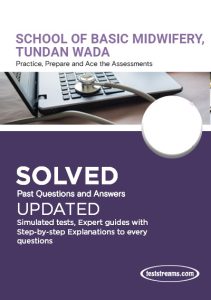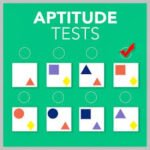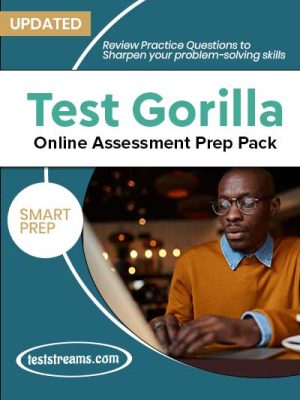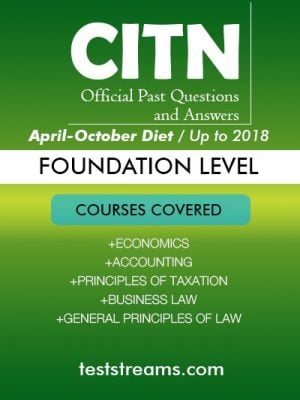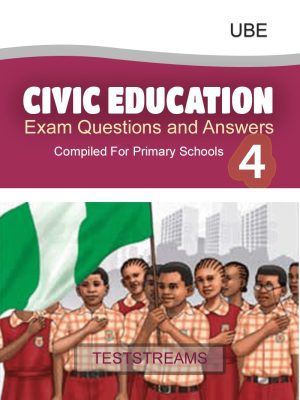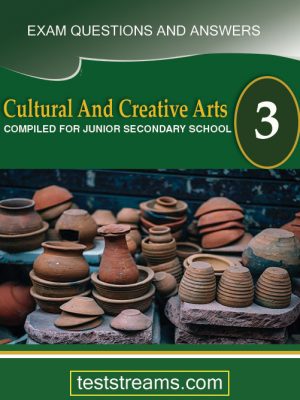If you’re seeking admission to study any program offered at the School of Basic Midwifery Tundan Wada, then you need the right material to properly position yourself for an excellent outcome. Our updated past questions and answers are compiled to assist, guide, and edify all School of Basic Midwifery, Tundan Wada aspirants. Practicing School of Basic Midwifery Tundan Wada Past Questions and Answers are your best bet for acing their entrance exam and getting admitted.
We have compiled these Free School of Basic Midwifery Tundan Wada Past Questions and Answers from our study pack School of Basic Midwifery Tundan Wada- PDF Download. Each sample question includes correct answers, so you can see how to crack it!
Free School of Basic Midwifery Tundan Wada Past Questions and Answers
Below are a few sample questions that appeared in the Past Basic Midwifery Tundan Wada Entrance Exam. You can click here to Download the full version of the past questions in PDF Format. School of Basic Midwifery Tundan Wada- PDF Download.
CHEMISTRY
1. The group IA metals are not found free in nature because they
A. are very reactive and unstable
B. are malleable and ductile
C. have high melting and boiling point
D. conduct heat and electricity
2. Carbon exists naturally in the combined state as
A. graphite
B. coal
C. diamond
D. wood
3. The efficiency of a solid catalyst to increase reaction rates depends on its
A. surface area
B. solubility
C. concentration
D. quantity
4. Dynamic equilibrium describes a situation where
A. a reaction gives back the reactant
B. the concentration of the reactant and products is equal
C. both forward and reverse reactions proceed at the same rate
D. reactants are converted to products
5. The ion that will give a white precipitate with aqueous NaOH and soluble in excess of the base is
A. Ca2+
B. Mg2+
C. Zn2+
D. Cu2
PHYSICS
1. A uniform solid cube material 10cm on each side of mass 700g is submerged in water. which of the following best described the behavior of the cube water?
A. the cube will melt after a period of time
B. the cube will float
C. the cube will sink into the water
D. the cube will rest at an equilibrium position in the water
2. At low humidity in an environment, the human skin is usually?
A. damp and rough
B. damp and smooth
C. dry and rough
D. dry and smooth
3. If the relative density of gold is 19.2, the volume of 2.4kg of gold is?
A. 8.00 x 10-3 m3
B. 1.25 x 10-4 m3
C. 1.92 x 10-4 m3
D. 4.61 x 10-3 m3
4. The thermometric property of a constant volume thermometer is?
A. change in volume
B. differential expansion
C. change in pressure
D. change in length
5. What happens to the rays in a parallel beam of light?
A. They diverge as they travel
B. they intersect
C. They converge as they travel
D. They meet at infinity.
MATHEMATICS
1. The radius r of a circular disc is increasing at the rate of 0.5cm/sec. At what rate is the area of the disc increasing when its radius is 6cm?
- 36 π cm2/sec
- 18 π cm2/sec
- 6 π cm2/sec
- 3 π cm2/sec
2. Differentiate (cos θ - sin θ)22
A. -2 cos 2θ
B. -2 sin2θ
C. 1 - 2 cos 2θ
D. 1 - 2 sin 2θ
3 Compute 1100112 + 111112
A. 10010102
B. 10100102
C. 10001102
D. 10001002
4. Evaluate ∫π20sin2xdx
- 1
- Zero
- -1/2
- -1
5. Convert 223244 to base six
A. 4506
B. 2546
C. 5536
D. 5406
ENGLISH LANGUAGE
- Choose the option that best completes the gap(s).
The police claim that a number of stolen cars ....... recovered?
A. have been
B. has been
C. has being
D. have being
2. Choose the option that best completes the gap(s).
....... been there to look several times without success?
A. He' II
B. He's
C. Is he
D. He is
3. Choose the option that best completes the gap(s).
The old man was rushed to hospital when his blood pressure dropped to a ....... level?
A. dangerously lowly
B. dangerous lowly
C. dangerously low
D. dangerous low
4. Choose the option that has the same consonant sound as the one represented by the letter(s) underlined.
Judge
A. gear
B. spinach
C. pleasure
D. camouflage
5. Choose the option that best completes the gap(s).
Our neighbor was attracted by the ....... from my mother's cooking.
A. flavor
B. stench
C. scent
D. aroma
